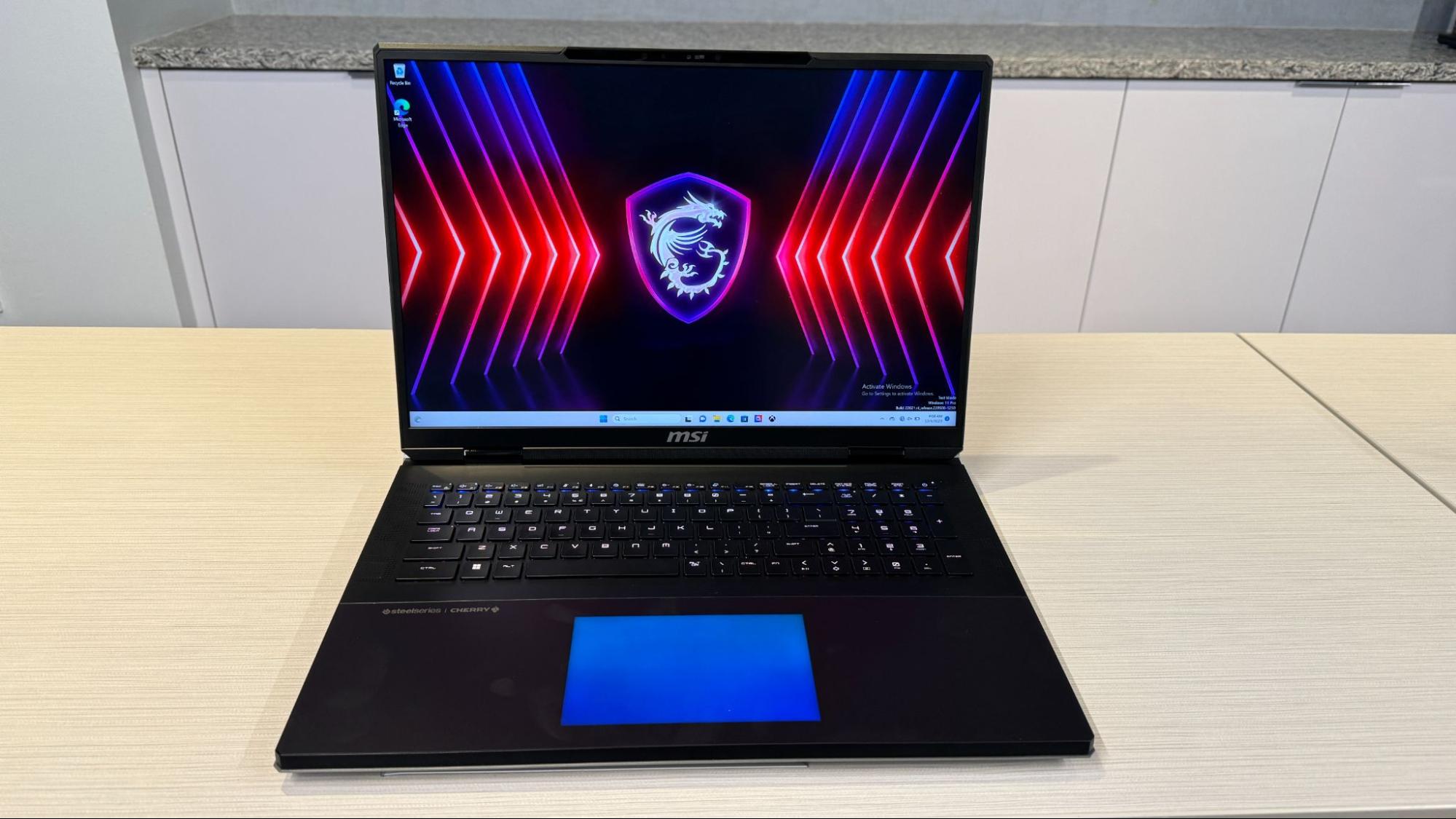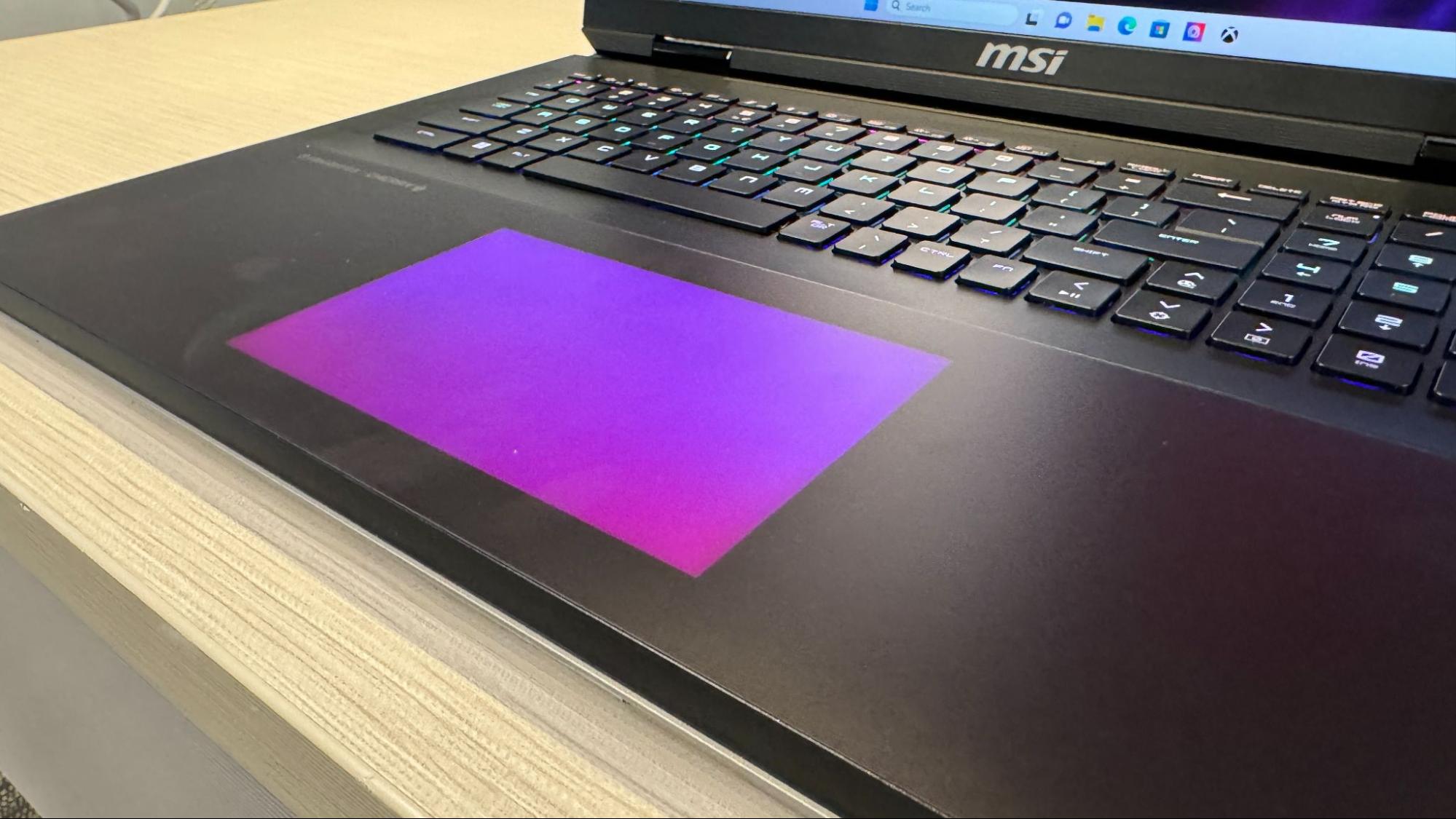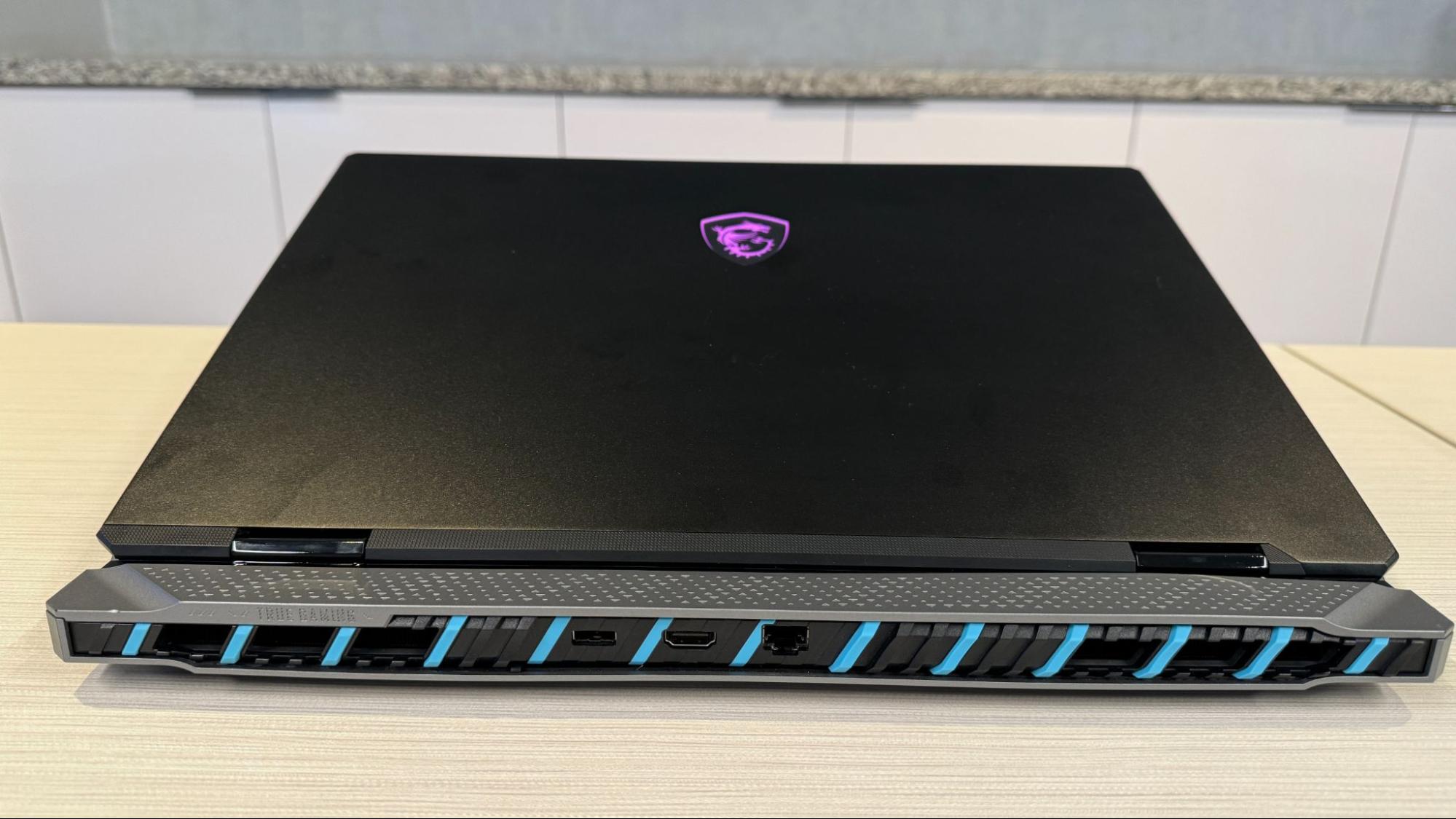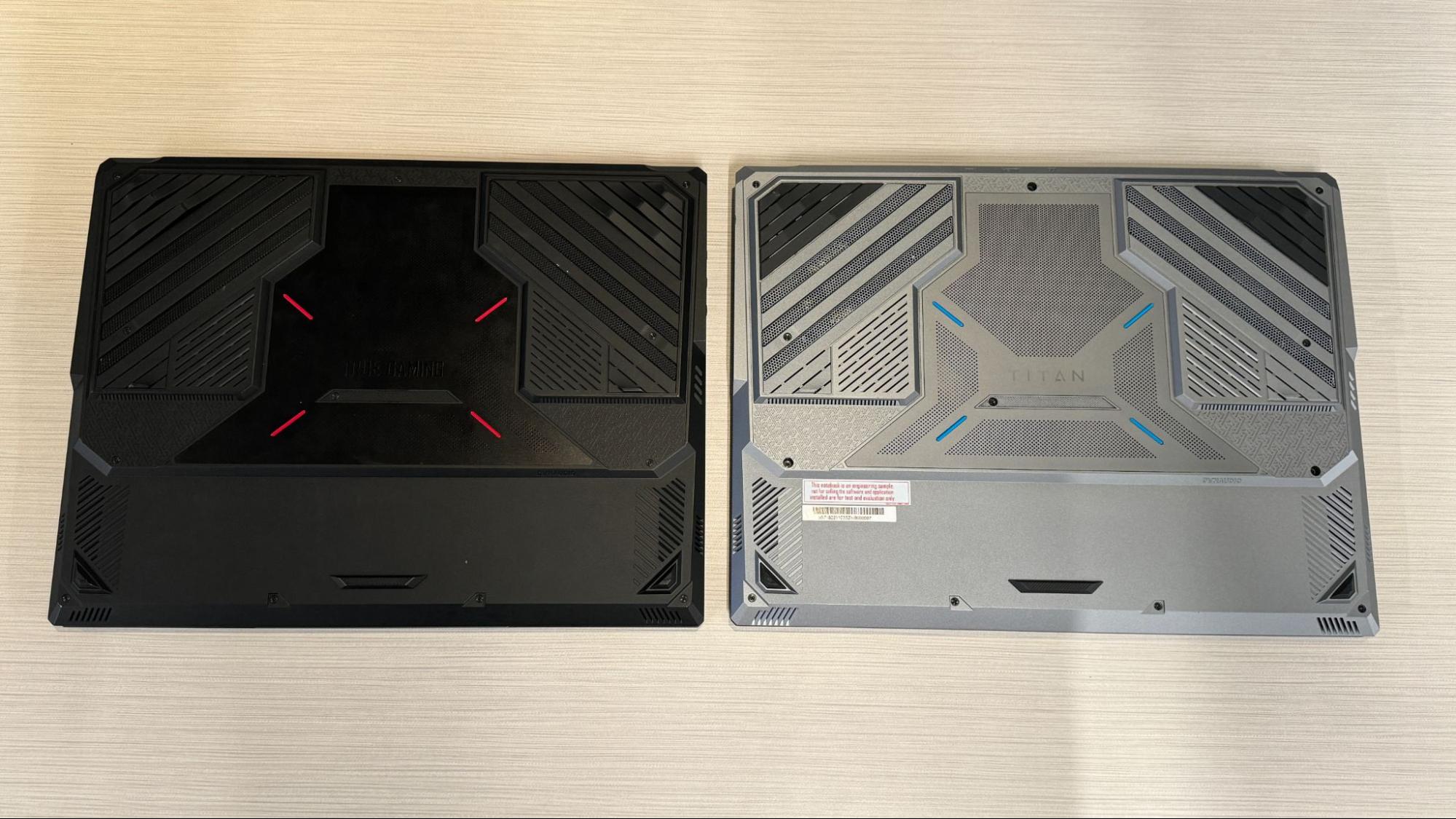MSI updates almost all of its laptops for CES — from 14th Gen powerhouses to affordable retro designs.
That's a whole lot of laptops

MSI is going big, literally, at CES 2024, updating almost its entire line of laptops, many of which are getting 18-inch screens. We're also seeing updates to both of Intel's two new processor lines, Intel Core Ultra and 14th Gen Core HX-series, across the board.
The new group of gaming PCs is headlined by revamps of some of its best gaming laptops, the Tian 18 HX, Raider 18 HX, and Stealth 18 AI Studio.
| Header Cell - Column 0 | MSI Titan 18 HX | MSI Raider 18 HX | MSI Stealth 18 AI Studio |
|---|---|---|---|
| Processor | Intel Core i9-14900HX | Intel Core i9-14900HX | Intel Core Ultra 9 185H |
| Graphics | Up to Nvidia GeForce RTX 4090 Laptop GPU | Up to Nvidia GeForce RTX 4090 Laptop GPU | Up to Nvidia GeForce RTX 4090 Laptop GPU |
| Memory | Up to 64GB DDR5-5600 (Up to 128GB upgradeable) | DDR5, up to 128GB upgradeable | DDR5, up to 64GB upgradeable |
| Storage | Up to 4TB (2TB x2) PCIe Gen 4 NVMe SSD (1x PCIe Gen 5 slot, 2x P CIe Gen 4 slots) | 1x PCIe Gen 4 NVME m.2 SSD slot, 1 x PCIe Gen 5 SSD slot | 2x PCIe Gen 4 NVME m.2 SSD slots |
| Display | 18-inch, 3840 x 2400, Mini-LED, 120 Hz, VESA Display HDR 1000 | 18-inch, 3840 x 2400, Mini-LED, 120 Hz, VESA Display HDR 1000 | 18-inch, 3840 x 2400, Mini-LED, 120 Hz, VESA Display HDR 1000 |
| Mechanical Keyboard? | Yes | No | No |
| Networking | Killer Wi-Fi 7 BE1750, Bluetooth 5.4 | Killer Wi-Fi 7 BE1750, Bluetooth 5.4 | Killer Wi-Fi 7 BE1750, Bluetooth 5.4 |
| Battery | 99.99 WHr | 99.99 WHr | 99.99 WHr |
| Starting Price | $4,999 | Row 8 - Cell 2 | Row 8 - Cell 3 |
While all three of these laptops have new designs, the Titan 18 HX may be the boldest. The 18-inch, 16:10 display screen makes this desktop replacement feel bigger than ever, but it still has flagship features we've come to expect, like a Cherry MX mechanical keyboard, but is also bringing some new features.
That display is a 3840 x 2400 mini LED panel that runs at 120 Hz, and trickles down the line of 18-inchers.


Perhaps the biggest eye-catcher is the Titan's new touchpad. As with the one on the Dell XPS lineup, it's haptic without any border separating it from the palmrest. But with unlike Dell, you can turn on full RGB behind the touchpad space. I still prefer a border I can feel, but those who like a light show will have a field day matching the touchpad to the mechanical keyboard's backlighting. I happen to like haptics for working (you'll really need a separate mouse for gaming), but I do think lots of people are going to have to get used to it.


MSI has moved to a tone-tone blue design, which I think is fine. Lots of brands have moved away from black and red as the default at this point.
The Titan will go up to a 14th Gen Intel Core i9-14900HX and Nvidia GeForce RTX 4090, along with up to 64GB of RAM and 4TB of storage. MSI claims its OverBoost Ultra performance tech will allow for up to 270W of performance (95W on the CPU, 175W on the GPU) with the CPU's 8 P-Cores running at 5.2 GHz. The Titan has three M.2 SSD slots and four RAM slots, allowing for up to 12TB of storage and 128GB of RAM if you upgrade it.
This desktop replacement's features will cost you. It starts at $4,999 and will go up to $5,399.


The Raider 18 HX ditches the mechanical keyboard and sticks to a black and red design, but shows plenty of RGB prowess with a light bar under its front lip. In previous iterations, MSI squeezed the number keys onto the keyboard by making them roughly half sized. Here, those keys (and the arrow keys) are seeing a 65% size increase, which should make them more useful. I'm a bit confused by the odd shape of the touchpad. At least it's unique?
Get Tom's Hardware's best news and in-depth reviews, straight to your inbox.
While the Raider is using similar parts to the Titan, OverBoost Ultra only goes up to 250W here (75W on the CPU and 175W on the GPU).
Then there's the Stealth 18 AI Studio, a slight departure in that it is being pushed as much as a creator laptop as a gaming one. MSI claims that this laptop, at 6.39 pounds (12.9 kg) is the lightest 18-inch notebook out there.
There are still some gaming touches, like a per-key RGB keyboard, and the SteelSeries lighting software is on there. The Stealth also has sort of a reverse RGB light bar, which throws colorful light onto the keyboard.


You get most of the same specs as on the Titan and Raider, as well as a new 6-speaker sound system. But MSI also increased the touchpad to a more usable size and includes Nvidia Studio drivers by default.
Additionally, instead of using the 14th Gen Core i9 HX on the thicker models, MSI is using the "Meteor Lake" Intel Core Ultra 9 185 H in the Stealth. That gives the Stealth an on-board NPU to offload certain tasks from the CPU and GPU.
The Stealth will also come in a smaller 16-inch size, using the same CPU and GPU options. The 16-inch screen will go up to a 3840 x 2400, 120 Hz Mini LED display, though there will also be a 2560 x 1600 option with a 240 Hz panel. The Stealth 16 AI Studio will start at $2,099 (with the lower end screen and an RTX 4060) and top out at $4,099.
These laptops will all come with MSI's new AI Engine software, which changes settings based on what you're doing with the laptop. It puts programs into four categories: Gaming, Work, Meeting, and Entertainment, and adjusts performance profiles accordingly. This doesn't use the NPU, MSI told me, and will be on most of MSI's new laptops.
A Smaller Cyborg
On the other extreme, MSI has a new, smaller budget gaming laptop, the Cyborg 14. In a brief hands-on with it, I came to adore the bottom and sides of the machine, which are translucent and remind me of '90s electronics. (Remember those see-through Nintendo 64 consoles?) It's not retro, exactly, but it comes close.


The Cyborg series is getting a 30% larger touchpad, making it more useful for work. The keyboard has blue backlighting and transparent WASD keys. What it doesn't have is the latest hardware. It will use 13th Gen Intel Core processors, and GPUs will range from an Nvidia GeForce RTX 2050 up through an RTX 4060. This should allow for some mid-level gaming, but isn't using much in the way of new technologies.
The 1.6 kg (3.5 pound) laptop gets a 16:10, 1080p display at 144 Hz, which should be plenty for those specs. And it has an Ethernet port, which MSI says no other 14-inch laptop on the market has.
More HX Gaming Rigs
If you want a full-power machine but don't need tons of bells and whistles, MSI has Vector 16 HX and Vector 17 HX.
Both of them will go up to a Core i9-14900Hx and RTX 4090, but they stick to more standard displays
The Vector 16 HX will start at $2,699, while the Vector 17 HX will begin at $2,299. (That $400 dollar difference is partially because the 16-incher starts with a 4080, while the 17-inch version begins with a 4070.)

Andrew E. Freedman is a senior editor at Tom's Hardware focusing on laptops, desktops and gaming. He also keeps up with the latest news. A lover of all things gaming and tech, his previous work has shown up in Tom's Guide, Laptop Mag, Kotaku, PCMag and Complex, among others. Follow him on Threads @FreedmanAE and BlueSky @andrewfreedman.net. You can send him tips on Signal: andrewfreedman.01



